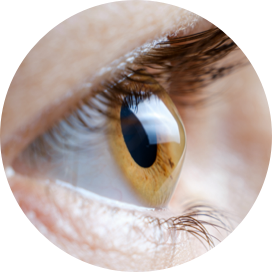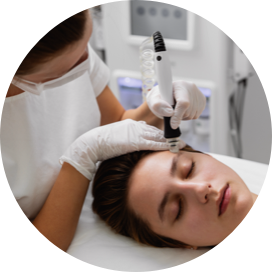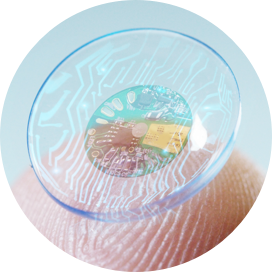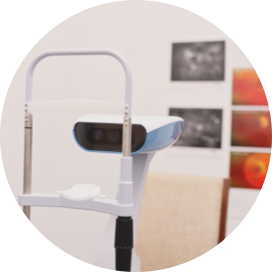Putting Your Eye Health First
Your eye health is essential to your overall well-being, and maintaining it requires proactive care. At Daniel Island Eye Care, we can diagnose and manage many eye diseases, including glaucoma, diabetic eye disease, macular degeneration, and more.
Whether you’re dealing with common conditions or more complex issues, our experienced team is here to provide the expert care you need to protect your vision and preserve your eye health.
We’re here to answer all your questions and concerns about eye disease and vision. Contact us to schedule your appointment today.
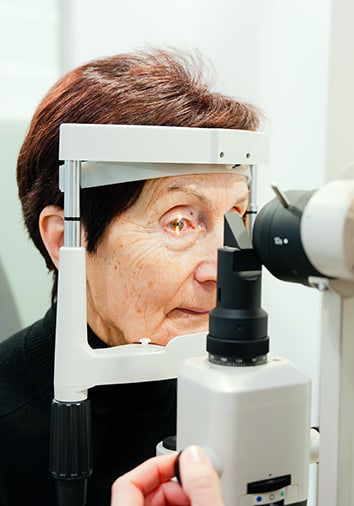
Early Detection Makes the Difference
Eye disease is a broad term covering everything from the simple to the serious. Although eye disease is more common as we age, anyone can experience changes to their eye health.
Early detection is crucial when it comes to managing eye diseases. Many eye conditions develop gradually and may not show noticeable symptoms. Regular eye exams can help our team stay up-to-date on your eye health and check for signs of any potential issues or concerns.

Comprehensive Eye Disease Diagnosis
During your eye exam, we thoroughly assess the health of your eyes. Our evaluation can include:
- Visual acuity testing: To measure how well you can see at different distances.
- Dilated eye exam: To examine the retina, optic nerve, and other internal structures of the eye.
- Optical coherence tomography (OCT): A noninvasive imaging test that provides detailed retina images, helping to detect conditions like macular degeneration and diabetic retinopathy.
- Tonometry: To measure the pressure inside your eye, which is essential for detecting glaucoma.
- Fundus photography: To capture detailed images of the retina, aiding in monitoring diseases over time.
Conditions We Diagnose & Manage
Your eyes are a window to the world but also susceptible to different conditions and issues. Patient education is a big part of what we do at Daniel Island Eye Care and learning more about the different forms of eye disease can help our patients recognize some of the early signs.
You might have heard of common eye conditions like styes (hordeolum), pink eye (conjunctivitis), or dry eye. However, other common eye diseases and conditions can affect your ocular health.
Glaucoma is a group of eye diseases that damage the optic nerve. It often develops without noticeable symptoms and can lead to vision loss if not managed.
Treatment often involves controlling internal eye pressure. High intraocular pressure (IOP) is a common risk factor for glaucoma, although not everyone with high IOP will develop glaucoma.
Regular eye exams are the best option for diagnosing glaucoma and preventing blindness.
Diabetic eye disease is a group of conditions that affect the eyes of people with diabetes. Some of the associated conditions are cataracts, glaucoma, diabetic macular edema (DME), and diabetic retinopathy.
Many of the symptoms can be managed or treated if diagnosed early. Symptoms of diabetic eye disease can include:
- Blurry vision
- Flashes of light
- Poor color vision
- Vision loss
- Dark areas
A cataract is a cloudy or blurry area that appears in the lens of your eye, usually occurring as a result of aging. Common cataract symptoms can include:
- Cloudy or blurry vision
- Faded color vision
- Poor night vision
- Halos around lights
- Double vision
- Frequent prescription changes
Prescription lenses and routine adjustments can manage minor symptoms of cataracts. Severe symptoms might require other treatment options, such as laser eye surgery.
Blepharitis is caused by bacteria in the skin around the eyes, usually from a buildup of bacteria at the base of your eyelashes or clogged oil glands around your eyelids.
The common symptoms can include:
- Inflammation
- Itchy eyes
- Foamy tears
- Blurry vision
- Light sensitivity
- Redness
- Dry eyes
The best prevention method is to keep your eyelids and skin clean. Warm compresses can help alleviate the early symptoms.
Age-related macular degeneration (AMD) is a common condition that affects central vision. Our central vision includes what we can see directly in our line of sight. It’s crucial for perceiving and focusing on visual details.
There are 2 types of AMD:
- Dry is the more common type. It typically progresses slowly, following a gradual thinning of the macula. It contains 3 stages, early, intermediate, and late.
- Wet progresses faster and occurs when the growth of abnormal blood vessels damages the macula. Wet AMD develops from dry AMD, typically in the later stages.
Symptoms vary depending on the stage of degeneration but include:
- Blind spots
- Blurry vision
- Crooked or wavy vision
- Poor low-light vision
- Dimmed color vision
Flashes are streaks or flashes of light in the field of vision that can often occur alongside migraines. The strange sight is caused when the vitreous of the eye rubs or pulls against the retina.
Floaters are unusual shapes that appear in your vision, such as clumps, strings, specks, dots, or lines. Although the shapes might seem to be on your eye or in front of your vision, they are actually caused by cells floating inside the vitreous area of your eye.
Although most flashes and floaters are harmless on their own, they are often indicators of other serious conditions.
The Optos Retinal Exam
One of the tools used at Daniel Island Eye Care is the Optos retinal exam. As part of routine care, the exam maps and measures your retina—the part of your eye that receives and sends signals in response to light.
By monitoring eye health changes and trends, we can get a clearer picture of your unique eye care needs.

Protect Your Vision with Dedicated Care
Your vision is one of your most valuable assets, and protecting it starts with regular, comprehensive eye care.
At Daniel Island Eye Care, we’re committed to helping you maintain healthy eyes and clear vision through expert diagnosis and personalized management of eye diseases. Contact us to schedule your appointment today.

Get Relief from Dry Eye
Living with dry, irritated eyes can make even simple tasks uncomfortable. Our dedicated team of optometrists offers tailored solutions to help you find relief from dry eye. During your eye exam, we use diagnostics to uncover the cause of your dry eye symptoms and provide treatments like prescription drops, heat therapy, or lifestyle recommendations. Trust us to deliver the care you need for refreshed, hydrated vision.

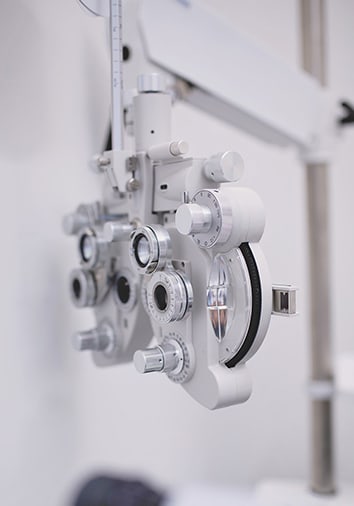
Your Partner in Managing Keratoconus
Keratoconus can make daily life challenging, but with the right care, we can help you manage it. At Daniel Island Eye Care, our optometrists specialize in diagnosing and managing this condition with solutions like scleral lenses and diagnostics like corneal topography.
These customized treatments can improve vision and protect long-term eye health. Book your eye exam today for the first step toward clearer vision and better eye health.
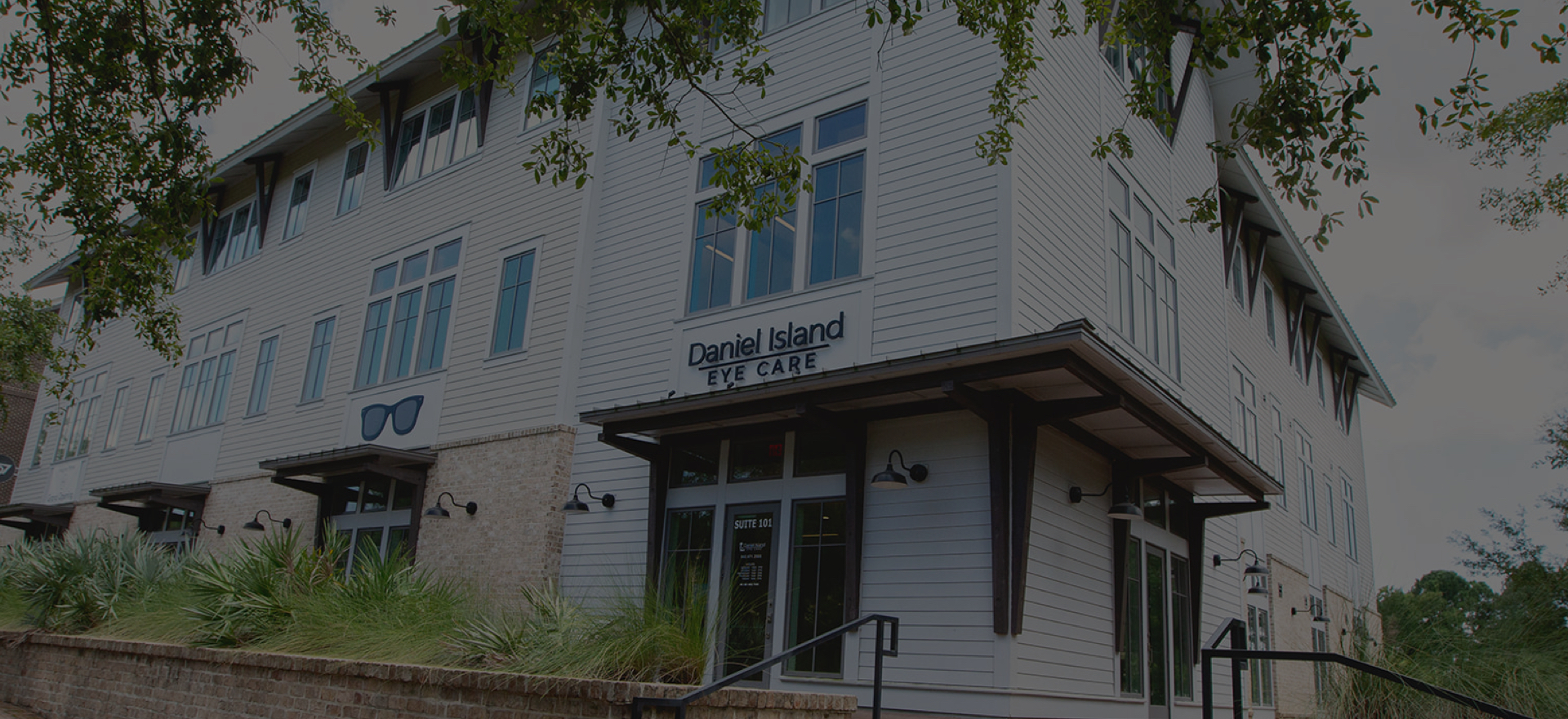
Check Out Our Google Reviews
Come Visit Us
Our Address
- 297 Seven Farms Drive, Suite 101
- Daniel Island, SC 29492
Contact Information
- Phone: 843-471-2733
Text Us: 843-471-2733
Hours of Operation








